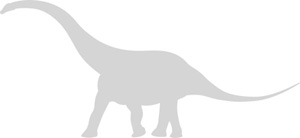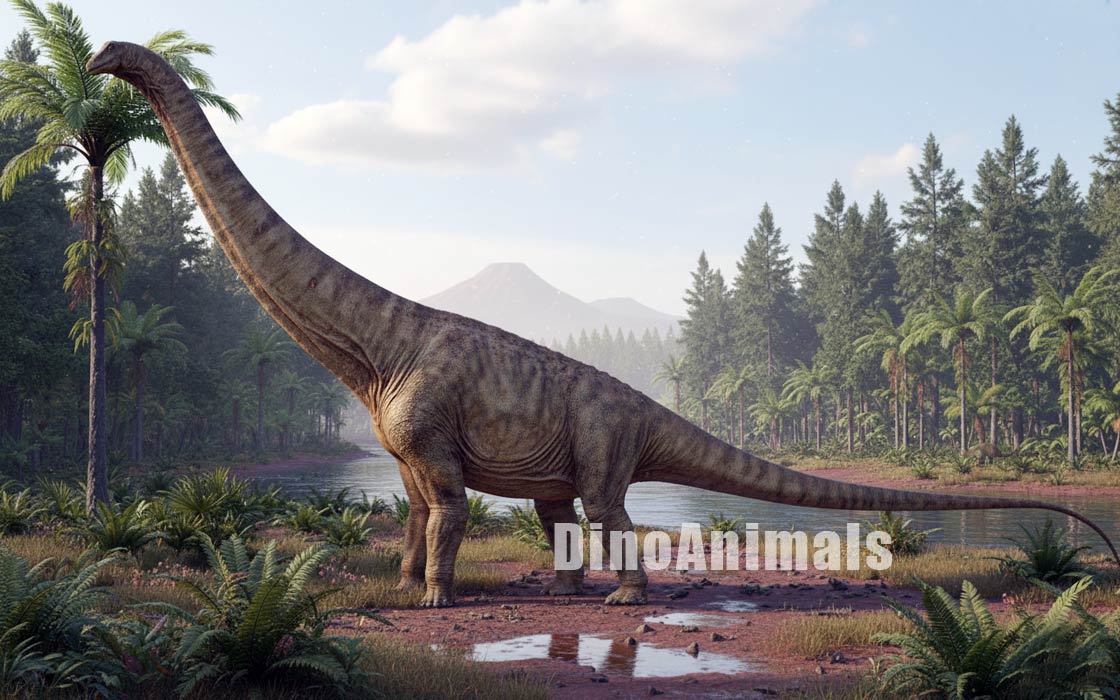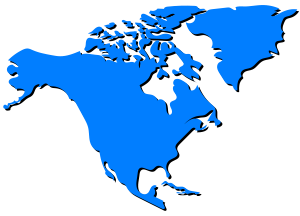Every month, 100,000 readers use the Dinosaur Database, but we receive no support from you. Developing and updating the database requires a lot of work. If you want it to remain open and be updated, please support us via the "Buy us a coffee" button available on every page or via the Support page.
Dinosaur: Utetitan zellaguymondeweyae

| Length*: | 25 m | 82.0 ft |
| Weight*: | 31 t | 68,343 lb |
*The largest known specimen
Period
Epoch: Late Cretaceous
Stage: Late Maastrichtian
Years: 72.1–66 Ma
Details
Status: valid
Author: Paul
Year: 2025
Distribution
Area: North America
Country: USA
Region: Utah, Texas
Formation: North Horn, Black Peaks, Javelina
Description
Utetitan zellaguymondeweyae
Utetitan zellaguymondeweyae was a large titanosaurid sauropod dinosaur that lived in what is now central Utah, USA, during the Late Cretaceous period, approximately 69–66 million years ago (late Maastrichtian stage). It was discovered in the lower North Horn Formation, a sedimentary deposit known for its fluvial and overbank facies preserving diverse Late Cretaceous vertebrates near the Cretaceous-Paleogene boundary.
The genus name Utetitan honors the original Ute peoples of central Utah upon whose ancient lands the fossil was found, combined with Ancient Greek “titan” (giant). The species name zellaguymondeweyae honors the author’s maternal grandmother Zella Guymon Dewey (1901–2002), born and raised in Huntington, Utah, near the discovery site.
As a member of Titanosauridae within Sauropoda, Utetitan represents a distinct North American titanosaurid taxon, coexisting with Alamosaurus sanjuanensis but differentiated by stratigraphic and anatomical evidence.
Etymology
The genus name “Utetitan” derives from the Ute peoples of central Utah, where the holotype was found, combined with Ancient Greek “titan,” meaning “giant.” The species name “zellaguymondeweyae” honors Zella Guymon Dewey (1901–2002), the author’s maternal grandmother, who was born and raised in Huntington, Utah, approximately 30 km (19 mi) northeast of the holotype quarry, and who referred to the Wasatch Plateau as “the hills of home.”
Physical Characteristics
Utetitan zellaguymondeweyae was a large titanosaurid, estimated at 22.3 m (73 ft) in length and 22 tonnes in mass for the holotype individual. Larger referred specimens (e.g. BYU 9087) suggest up to 31 tonnes”. The holotype is a partial skeleton preserving axial and appendicular elements.
Key anatomical features include:
- Scapula with a strongly prominent acromion process, strongly sinuous posterior profile forming a prominent triangular glenoid process, and paired fairly prominent tubercles dorsal to the glenoid, widely separated; base of blade cross-section asymmetrically concave with thinner anterior and thicker posterior margin; antero-dorsal blade edge nearly straight, postero-dorsal edge flaring posteriorly.
- First caudal centrum biconvex with circumferential depression limited to ventral half of anterior condyle, multiple large foramina piercing lateral surface.
- Ilium with small indentation on dorsal rim.
- Ischium with modest-sized lateral process and moderately concave-arced postero-lateral profile.
- Femur robust.
These traits distinguish it from Alamosaurus sanjuanensis, supporting generic separation.
Diet and Feeding Habits
As a herbivorous sauropod, Utetitan zellaguymondeweyae fed on a variety of plants in its Late Cretaceous ecosystem. Its diet likely included:
- Conifers, ferns, and horsetails, abundant in Maastrichtian floodplains.
- Flowering plants (angiosperms), increasingly dominant.
- High vegetation, accessed via its long neck.
Like other titanosaurs, it used a broad beak for cropping and gastroliths for digestion.
Habitat and Distribution
Utetitan zellaguymondeweyae lived in what is now central Utah, USA, specifically in the lower North Horn Formation of the Wasatch Plateau.
Its environment was characterized by:
- Fluvial channels and overbank deposits, with seasonal flooding.
- Humid subtropical climate supporting lush vegetation.
- Diverse fauna including hadrosaurs, ceratopsians, and theropods.
The North Horn Formation preserves a terminal Cretaceous assemblage.
Paleoenvironment
The site was a dynamic floodplain during the late Maastrichtian, with rivers and wetlands near the Cretaceous-Paleogene boundary. The assemblage reflects a productive habitat for large herbivores like Utetitan.
Behavior and Social Structure
No direct evidence exists for Utetitan zellaguymondeweyae, but titanosaurs likely lived in herds. Possible behaviors include:
- Gregarious living for protection and migration.
- Bulk feeding on floodplain vegetation.
- Egg-laying in clutches, with rapid reproduction favoring diversification.
As a titanosaurid, it occupied large herbivore niches in a predator-rich landscape.
Discovery and Research
The holotype of Utetitan zellaguymondeweyae (USNM 15560) was discovered in the lower North Horn Formation near Joe’s Valley, Wasatch Plateau, Emery County, Utah. Collected in the early 20th century, it was described in 1946 as Alamosaurus sanjuanensis but reclassified in 2025 based on stratigraphic and anatomical distinctions.
Referred specimens include BIBE 45958 (partial left scapula, Texas) and tentatively BYU 9087, 11392, 11393 (proximal humerus/femur, anterior caudals).
Phylogenetic analyses support a distinct North American titanosaurid subclade.
Discovery Context
Unearthed from fluvial sediments dating to ~69–66 million years ago, the partial skeleton (dorsal ribs, caudals 1–30, 25 chevrons, both sternals, right scapulocoracoid, humerus, radius, ulna, metacarpus, both ischia, osteoderm) is the most complete late Maastrichtian titanosaurid known.
Significance and Interesting Facts
- Distinct from Alamosaurus sanjuanensis, indicating multiple titanosaurid taxa in late Maastrichtian North America.
- Part of a potential “Utetitan miniclade,” evolving in semi-isolation.
- Estimated 22 tonnes, not among the largest titanosaurs.
- Honors Ute peoples and a local historical figure.
- Supports rapid sauropod evolution, with species lasting <1 million years.
Conclusion
Utetitan zellaguymondeweyae was a large titanosaurid from the late Maastrichtian of Utah, exemplifying North American sauropod diversity near the Cretaceous-Paleogene boundary. Distinguished from Alamosaurus by scapular and caudal features, it highlights rapid evolution in isolated clades. This 2025 reclassification clarifies Laramidian titanosaur biogeography.
Locations
Sources
Material: Material separated by comma: first 30 articulated caudal vertebrae, 25 associated chevrons, both ischia, sternals, right scapulocoracoid, right humerus, right ulna, right radius, metacarpals, partial dorsal ribs
References: Paul, Gregory S. (2025-10-07). "Stratigraphic and anatomical evidence for multiple titanosaurid dinosaur taxa in the Late Cretaceous (Campanian-Maastrichtian) of southwestern North America"




